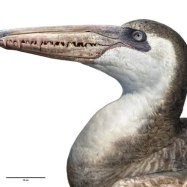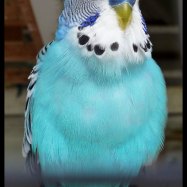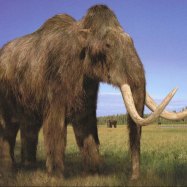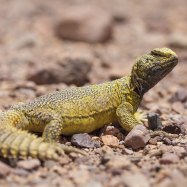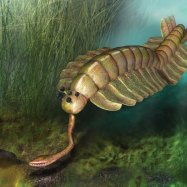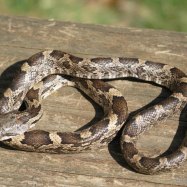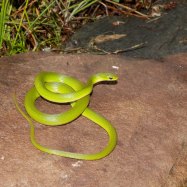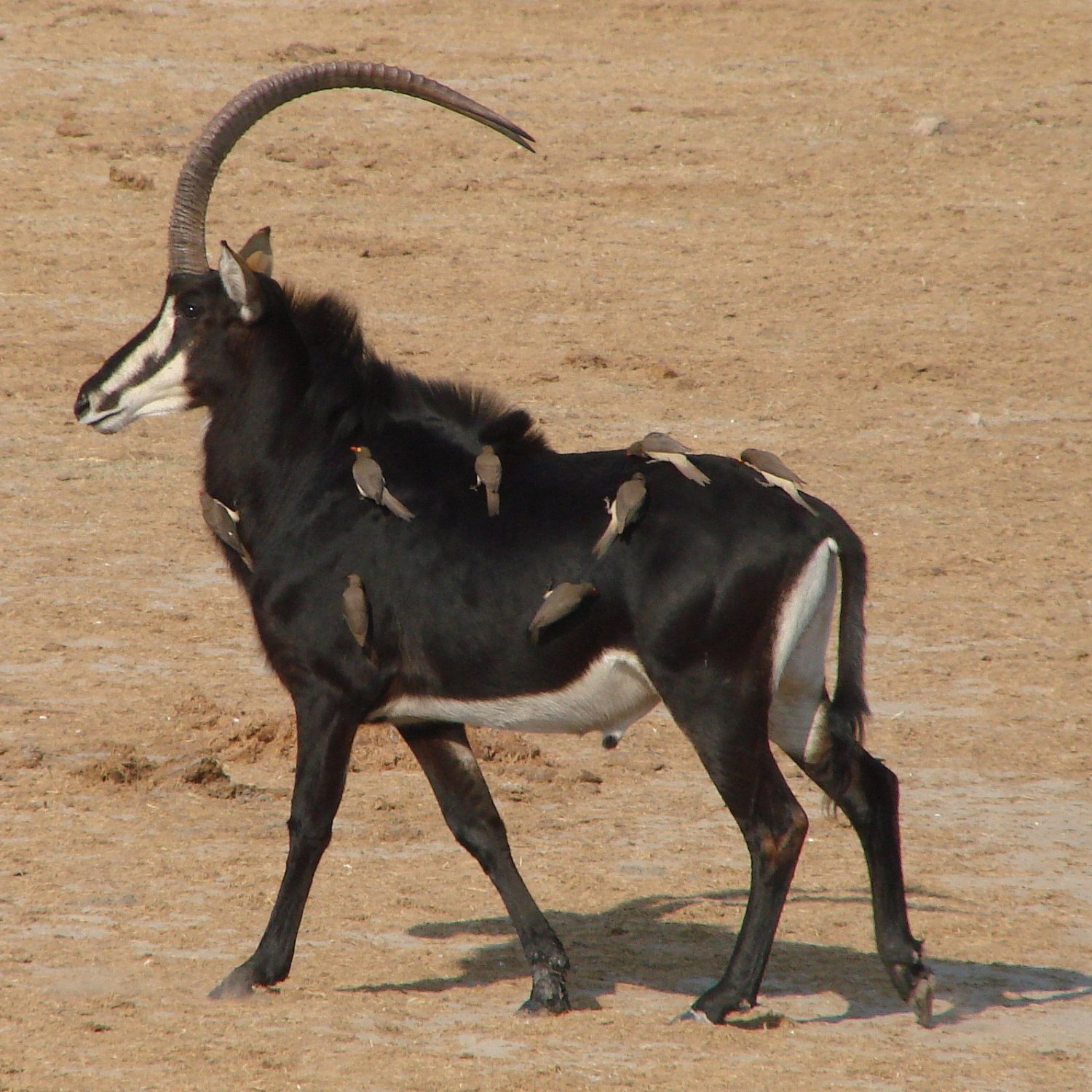
Sable
45-60 cm
Sable, a slender and agile animal, belongs to the Mustelidae family and can be found in the Northern Hemisphere. They measure 45-60 cm in length and are known for their thick and lustrous fur. These beautiful creatures are often found in forests and grasslands, and their soft fur is highly valued in the fur trade. However, conservation efforts are being made to protect their populations. #Sable #Mustelidae #NorthernHemisphere #wildlifeconservation
Animal Details Summary:
Common Name: Sable
Kingdom: Animalia
Habitat: Forests
The Secretive Beauty of the Sable: A Mysterious Creature of the Northern Forests
Deep within the dense forests of the northern hemisphere lies a creature that has long captured the imagination of humans - the sable. This elusive animal, with its slender and agile body, is a member of the Mustelidae family and is scientifically known as Martes zibellina. Its dark brown to black coloration, along with its secretive nature, has earned it the name "black gold" in some cultures. But what is it about the sable that makes it so captivating? Let's delve deeper into the world of this mysterious animal and uncover some of its fascinating features Sable.The Kingdom and Habitat of the Sable
The sable belongs to the Kingdom Animalia, the most diverse and widespread kingdom in the world. It falls under the Phylum Chordata, which includes animals with notochords (a flexible rod-like structure) during some stage of their development. As a member of the Class Mammalia, the sable is characterized by its fur, mammary glands, and warm-blooded nature. Its classification continues with the Order Carnivora, which includes animals that primarily feed on flesh, and the Family Mustelidae, which includes other mustelids such as weasels, otters, and badgers.
Found in the Forests of Eurasia
The sable's natural habitat is the dense forests of Eurasia, specifically in countries like Russia and China. It is predominantly found in the Siberian taiga, a vast coniferous forest stretching across northern Asia, from Russia to Mongolia. The taiga is known for its extreme temperatures and harsh weather conditions, making it a challenging environment to survive in. However, the sable has adapted well to this challenging environment and has found ways to thrive.A Carnivorous Diet
One of the reasons the sable has been able to survive in the harsh taiga is its carnivorous diet Savannah Monitor. Being a member of the carnivora order, the sable primarily feeds on meat, with small mammals, birds, and fish being its main prey. It is an active predator, and its long, slender body allows it to navigate through the dense underbrush with ease, chasing after its prey. However, due to its small size, the sable is also preyed upon by larger animals such as wolves, foxes, and birds of prey.
A Dark and Mysterious Creature
The sable's dark and glossy fur has been a valuable commodity for centuries. In fact, it is believed that the sable's fur was the first currency in Russia before coins were introduced. Its fur is highly prized for its silky texture and dark color, which ranges from dark brown to almost black. This luxurious fur is often used in the production of high-end fur coats and is also considered a status symbol in some cultures.The Slender and Agile Body of the Sable
The sable's body is perfectly adapted to its natural habitat. Its long and slender frame allows it to move swiftly through the underbrush, dodging obstacles with ease. This agility also comes in handy when chasing after prey or escaping from predators. The sable's body length ranges from 45 to 60 cm, with its tail adding another 10 to 13 cm. This compact size makes it easier for the sable to navigate through dense vegetation without getting tangled in branches and roots.
A Creature of Mystery and Intrigue
For centuries, the sable has remained a creature of mystery and intrigue. Its clandestine nature, coupled with its beautiful fur, has made it a highly sought-after animal. However, this has also made the sable a target for illegal hunting and poaching. In the 19th century, the sable population significantly declined due to excessive hunting for its fur. Fortunately, conservation efforts and strict laws have helped the sable population recover, and it is no longer considered a threatened species.Proudly Russian
Russia is home to the largest sable population in the world, and it also happens to be the country of origin for this remarkable creature. The sable has been a part of Russian culture for centuries, and even today, it is still a symbol of pride for the country. In fact, it is also featured on the coat of arms of some Russian regions, such as the Republic of Khakassia and the Republic of Bashkortostan.
An Integral Part of the Ecosystem
Apart from its undeniable beauty and value, the sable also plays a crucial role in the ecosystem of the taiga. As a predator, it helps in controlling the population of smaller animals, maintaining a balance in the ecosystem. Its burrowing habits also help in aerating the soil and spreading seeds, contributing to the growth of the forest.The Sable and Human Interaction
As mentioned earlier, the sable's fur has been a valuable commodity for centuries, leading to excessive hunting and poaching. However, as the sable population declined, strict laws and regulations were put in place to protect these animals. Today, the sable can only be hunted during a limited period, and a special license is required to do so. There are also efforts being made to promote sustainable fur harvesting practices, ensuring the sable population is not threatened in the future.
The Interpretation of Sable in Literature and Mythology
The sable has not only captured the attention of humans in the physical world but also in the literary world and mythology. In Russian literature, the sable is often used to represent strength, courage, and resilience. It is also seen as a symbol of wealth and luxury. In some Native American cultures, the sable is associated with wisdom and leadership, and its appearance is considered a sign of good fortune.A Creature Worth Protecting
The sable is truly a remarkable animal, with its agility, beauty, and mysterious nature captivating the hearts and minds of humans for centuries. Its role in the ecosystem and cultural significance makes it a creature worth protecting. While its silky fur may be prized by some, it is essential to remember that the sable is more than just its beautiful coat. It is a creature that plays a vital role in maintaining the balance of the taiga, and its survival is crucial for the health of the forest.
In Conclusion
The sable may be a small, secretive creature, but its impact on the world is significant. From its mysterious nature to its invaluable role in the taiga ecosystem, the sable is a creature that deserves our respect and protection. As we continue to learn more about this remarkable animal, let us remember to appreciate its beauty in its natural habitat and strive to preserve its existence for generations to come.

Sable
Animal Details Sable - Scientific Name: Martes zibellina
- Category: Animals S
- Scientific Name: Martes zibellina
- Common Name: Sable
- Kingdom: Animalia
- Phylum: Chordata
- Class: Mammalia
- Order: Carnivora
- Family: Mustelidae
- Habitat: Forests
- Feeding Method: Carnivorous
- Geographical Distribution: Eurasia
- Country of Origin: Russia
- Location: Northern Hemisphere
- Animal Coloration: Dark brown to black
- Body Shape: Slender and agile
- Length: 45-60 cm
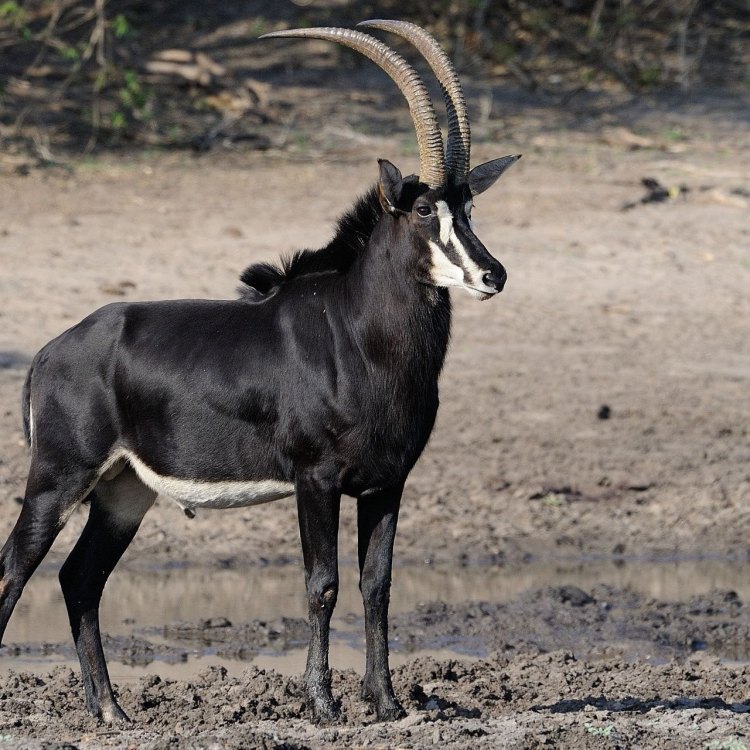
Sable
- Adult Size: Medium-sized
- Average Lifespan: 10-15 years
- Reproduction: Sexual
- Reproductive Behavior: Mating season in late winter or early spring
- Sound or Call: Squealing and hissing
- Migration Pattern: Non-migratory
- Social Groups: Solitary or in small groups
- Behavior: Nocturnal and territorial
- Threats: Habitat loss and hunting
- Conservation Status: Least Concern
- Impact on Ecosystem: Seed dispersal
- Human Use: Fur trade
- Distinctive Features: Luxurious fur
- Interesting Facts: Sables are highly valued for their fur
- Predator: No natural predators
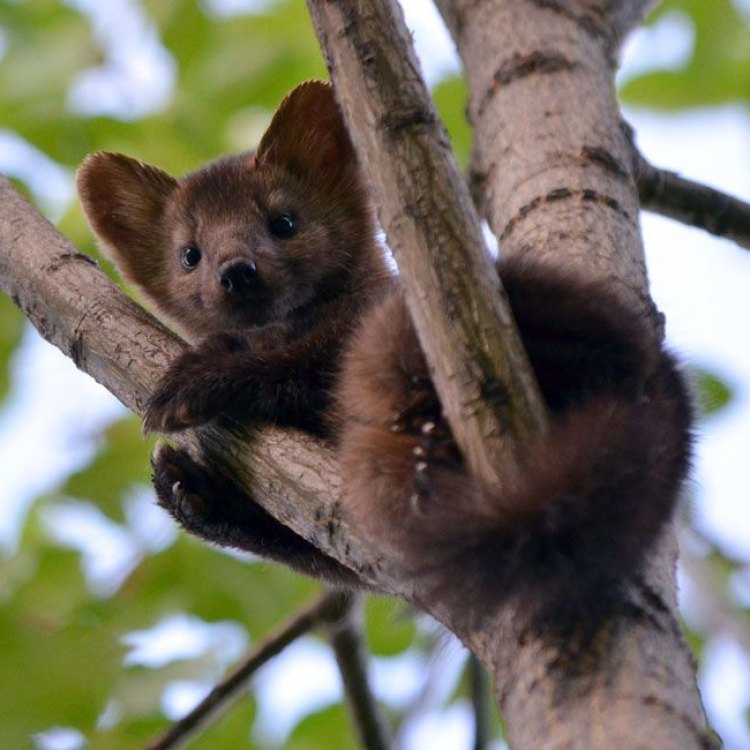
Martes zibellina
The Enigmatic and Lavish Sable: A Medium-Sized Marvel of the Animal Kingdom
In the enchanting world of animals, there are many creatures that captivate our attention with their unique features and behavior. While some may be renowned for their strength or agility, others are known for their charm and beauty. However, one particular animal stands out for its exquisite fur and intriguing characteristics - the sable.The sable (Martes zibellina) is a small carnivorous mammal that belongs to the weasel family, Mustelidae PeaceOfAnimals.Com. Native to parts of Eurasia, it can be found in countries like Russia, China, Mongolia, and Japan. With its medium-sized body, short legs, and furry tail, the sable has a charming appearance that captures the hearts of many. But beyond its physical attributes, there is much more to this creature that makes it truly one-of-a-kind. Let's delve deeper into the world of sables and discover what makes them so fascinating.
Adulthood, Lifespan, and Reproduction
Sables are medium-sized animals, with an average adult weight ranging from 1.5 to 2.5 kilograms. They have a sleek and streamlined body shape, which allows them to move with ease through their natural habitat. Once they reach maturity, which is around 2 years of age, their coats turn from a brown to a dark brown or black color, making them easily distinguishable from their younger counterparts Siberian Husky.
In terms of lifespan, sables have an impressive record. They can live up to 10-15 years in the wild, and even longer in captivity. This long lifespan is due to the fact that they have no natural predators, making them one of the few animals in the wild that do not have to constantly worry about being hunted.
Sables reproduce sexually, and their reproductive behavior is largely dependent on their location. In general, sables have a mating season in late winter or early spring, during which they become more active and vocal. The males compete for females by engaging in playful chasing and fights, showcasing their strength and agility. Once a male has successfully won over a female, they will mate and then go their separate ways. The female will give birth to a litter of 3-4 kits after a gestation period of around 9 months. The kits stay with their mother until they are about one year old, after which they become independent.
Sounds and Social Behavior
Sables are known to be both nocturnal and territorial animals. As nocturnal animals, they are mostly active at night, and their large eyes allow them to easily navigate in the dark. During the day, they seek shelter in dense vegetation or underground burrows to rest and avoid predators.
When it comes to communication, sables are not the most vocal animals. However, they do make distinctive sounds, including squealing and hissing, to signal danger or attract a mate. These sounds can be heard during their mating season or when they feel threatened.
In terms of social behavior, sables can be solitary or form small groups of 3-5 individuals. These groups can consist of a male, female, and their offspring, or a group of males who have not yet found mates. While they may not be known for their social skills, sables do have a unique way of marking their territories. They have scent glands on their cheeks and abdomens, which they use to mark their territory with a pungent odor. This helps them in defending their territory from other sables that may try to encroach upon it.
Threats, Conservation Status, and Impact on Ecosystem
Despite their ability to fend off predators and defend their territories, sables still face threats in their natural habitat. Habitat loss due to deforestation and poaching for their luxurious fur are the most significant threats to their population. The demand for sable fur has been a lucrative business for centuries, and their fur has been highly coveted for its softness and durability. This has resulted in a decline in their population, with some subspecies being listed as endangered.
Fortunately, due to conservation efforts, the sable's population has shown signs of recovery in recent years. As of now, the sable is listed as a species of 'least concern' on the International Union for Conservation of Nature (IUCN) Red List. However, there is still much work to be done in terms of protecting their natural habitat and ensuring sustainable hunting practices are in place to maintain a healthy population of sables.
In addition to their role in the fur trade, sables also play a crucial role in the ecosystem. As omnivores, they feed on a variety of animals, including small mammals, birds, and insects. However, their main diet consists of fruits, nuts, and seeds. This makes them important seed dispersers, helping in plant regeneration and promoting biodiversity. Without sables, the ecosystem could suffer from a lack of diversity and balance.
Human Use and Distinctive Features
As mentioned earlier, the sable's fur has been in high demand for centuries, leading to excessive hunting and trapping of these animals. But with the rise of synthetic fur, the demand for sable fur has declined, and their population has somewhat stabilized. However, the fur trade continues to be a threat to their population, with many countries still allowing hunting for sable fur.
One of the most distinctive features of sables is their luxurious fur. Their soft, dense fur is prized for its warmth and beauty, and sables have been hunted for their fur since ancient times. In fact, during the Middle Ages, sable fur was considered a symbol of royalty and was exclusively worn by the nobility. Even today, sable fur is considered a luxury item and is used in high-end fashion and accessories.
Interesting Facts about Sables
Besides their stunning fur and intriguing characteristics, there are many interesting facts about sables that make them truly unique. Here are just a few of these fascinating facts:
- Sables are excellent swimmers and are known to dive underwater to hunt for food. They can hold their breath for up to 3 minutes.
- Despite their ferocious appearance, sables are actually quite shy and prefer to avoid human contact.
- While they may not have natural predators, sables are often hunted by humans, larger carnivores, and birds of prey.
- The word 'sable' comes from the Middle English word 'sabul' which means 'dark fur'.
- The sable was once believed to have magical powers in ancient Russian folklore. It was often associated with the god of fertility and wealth, and it was believed that owning a sable fur would bring good fortune and prosperity.
The Marvel of the Sable
The sable is undoubtedly a marvel of the animal kingdom, with its stunning fur, impressive lifespan, and unique behavior. Despite facing threats from human activities, sables have shown resilience and are making a slow but steady comeback. As we continue to learn more about them and their role in the ecosystem, it is our responsibility to ensure the conservation of this enchanting creature. Let us strive to admire them from afar and protect them for future generations to appreciate their beauty and importance.
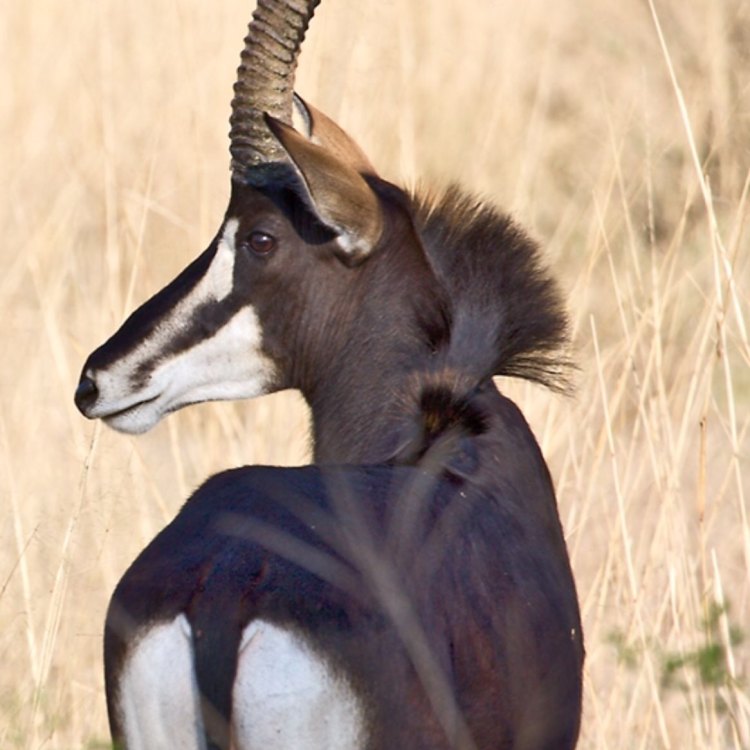
The Secretive Beauty of the Sable: A Mysterious Creature of the Northern Forests
Disclaimer: The content provided is for informational purposes only. We cannot guarantee the accuracy of the information on this page 100%. All information provided here may change without prior notice.

